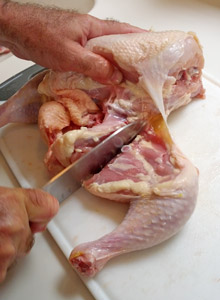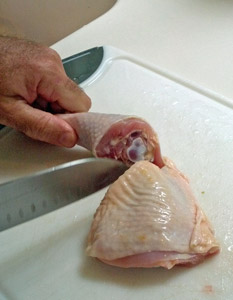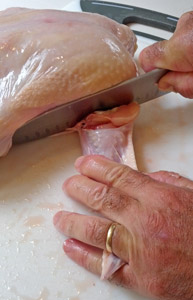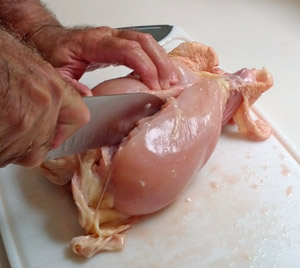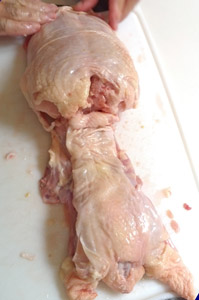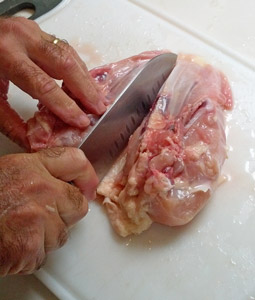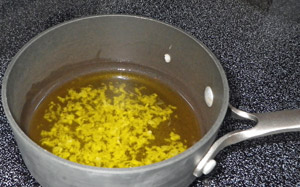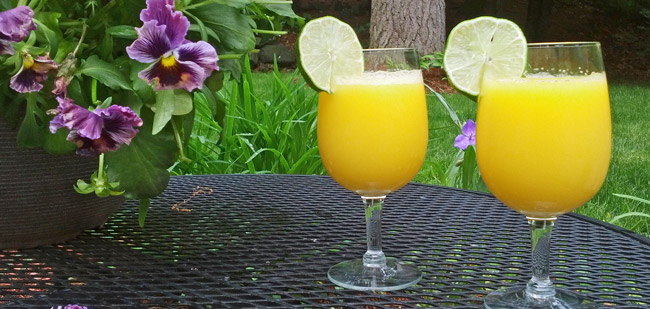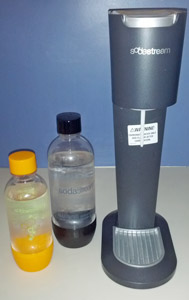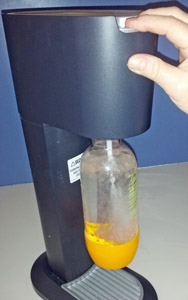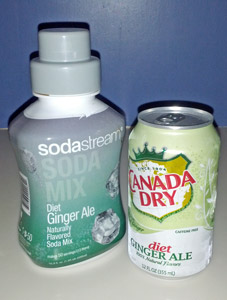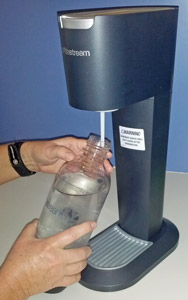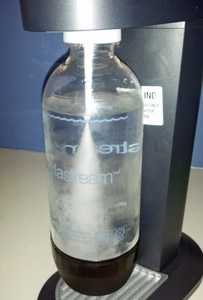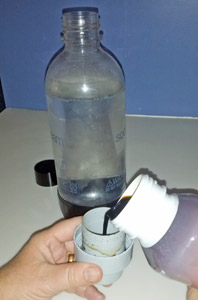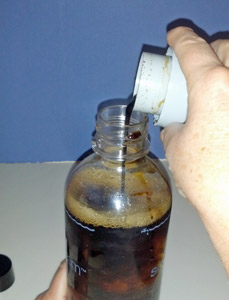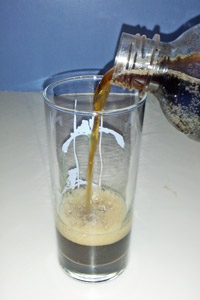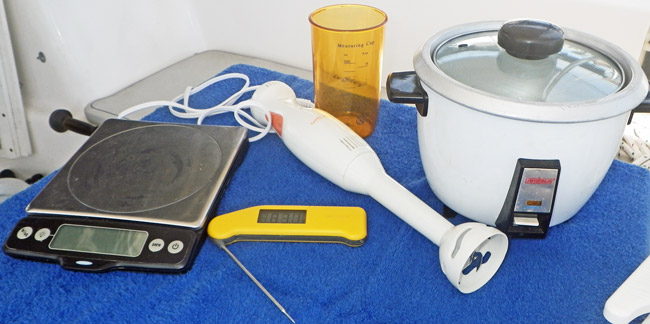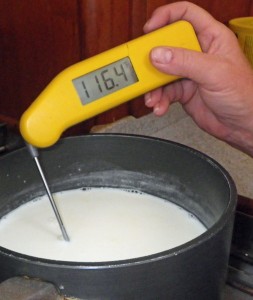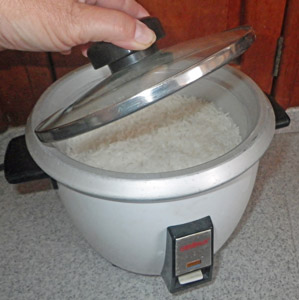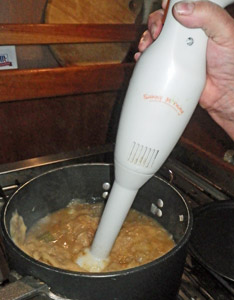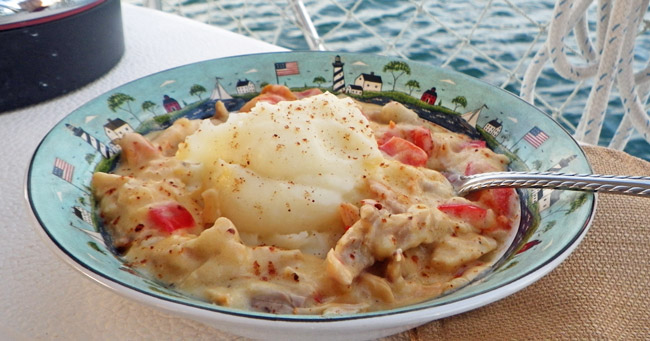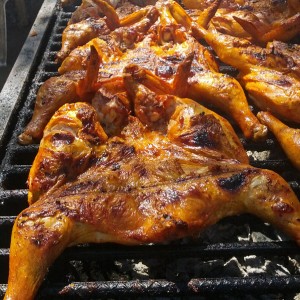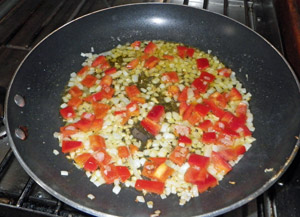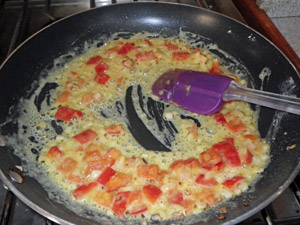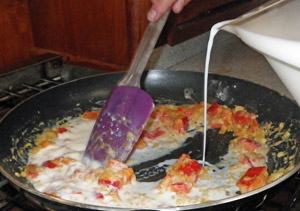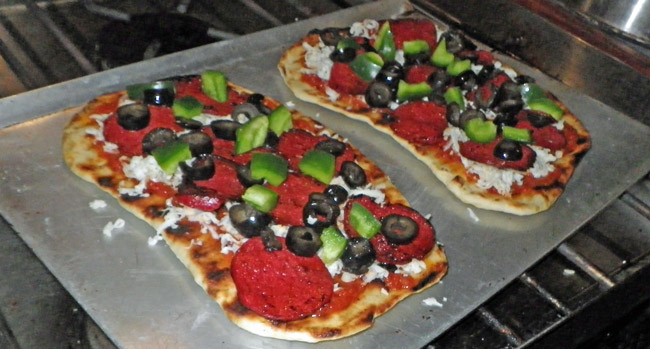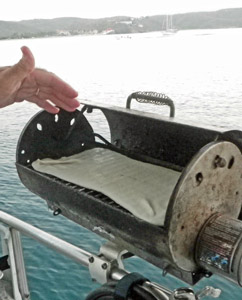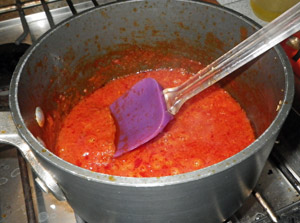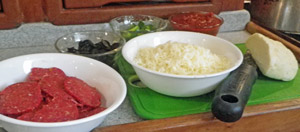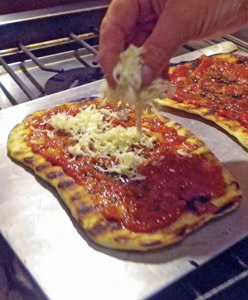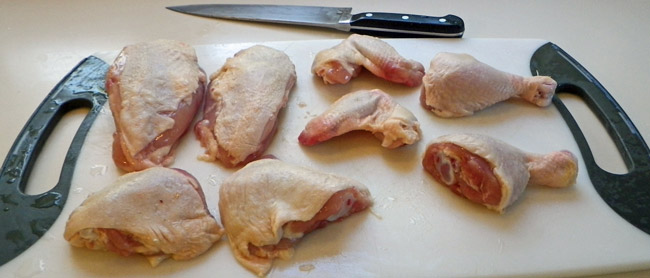 While chicken is available almost everywhere in the world, in some places it doesn’t come neatly portioned into boneless breasts, or even into bone-in parts. So, assuming you don’t want to roast a whole chicken in your galley stove, what do you do with a whole chicken? With a little practice, you’ll find that it’s quick and easy to break down a chicken into component parts, or even to extract boneless, skinless breasts. Remember to work on a cutting board that’s easy to sanitize. Using the largest board available on your boat will make the process easier. Here’s how to get started:
While chicken is available almost everywhere in the world, in some places it doesn’t come neatly portioned into boneless breasts, or even into bone-in parts. So, assuming you don’t want to roast a whole chicken in your galley stove, what do you do with a whole chicken? With a little practice, you’ll find that it’s quick and easy to break down a chicken into component parts, or even to extract boneless, skinless breasts. Remember to work on a cutting board that’s easy to sanitize. Using the largest board available on your boat will make the process easier. Here’s how to get started:
The basic strategy is to separate the chicken into parts at its joints, rather than trying to cut through any of the heavy bones. You will want to use a good sized knife like a chef’s knife or medium slicer. Too small a knife will make it harder to cut through the joints and to split the keelbone. After you have done this a few times and know where to find the joints you will find you can just contour the knife down and slightly under the body and cut right through the joint in one smooth motion. For now we’ll start with a more detailed description:
When you are done you will have 8 or 10 pieces of chicken (depending on whether you sectioned the breasts) ready for cooking. When cooking for two we find we can get two meals out of a chicken; breasts one night; thighs, legs, and wings for a second.
Now that you have your chicken broken down, here’s a nice way to grill bone-in chicken pieces:
Grilled Lemon Chicken:
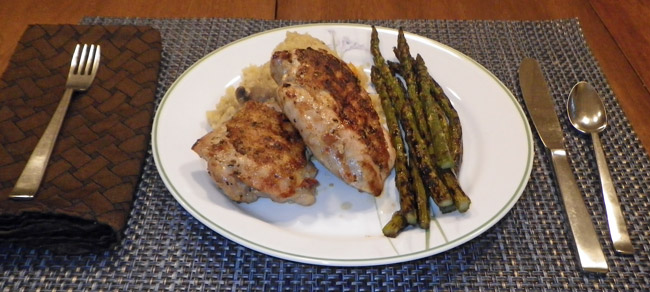 This recipe is even better if you brine the chicken before grilling, but feel free to skip this step if you don’t have the time or inclination to mess with brining! To brine the chicken, combine 1 quart of water and 1/4 cup table salt (or 3/8 cup kosher salt) in a gallon zip-lock bag or large bowl. Add the chicken parts and refrigerate for about an hour and a half (or less if that’s all the time you have). Before continuing with the recipe, remove the chicken from the brine, rinse well, dry with paper towels, and season with pepper.
This recipe is even better if you brine the chicken before grilling, but feel free to skip this step if you don’t have the time or inclination to mess with brining! To brine the chicken, combine 1 quart of water and 1/4 cup table salt (or 3/8 cup kosher salt) in a gallon zip-lock bag or large bowl. Add the chicken parts and refrigerate for about an hour and a half (or less if that’s all the time you have). Before continuing with the recipe, remove the chicken from the brine, rinse well, dry with paper towels, and season with pepper.
Ingredients:
- 1 whole chicken (about 3 1/2 pounds) cut into parts
- 2 tablespoons olive oil
- 2 large cloves garlic, minced and made into paste
- 1/2 cup lemon or lime juice
- 1 1/2 teaspoons dried thyme
Instructions:
To make garlic paste, finely mince garlic then sprinkle lightly with salt, kosher or coarse grained if possible. Drag the flat side of a chef’s knife back and forth over the mixture until the garlic is reduced to a smooth paste.
Heat olive oil and garlic paste in a small saucepan over low heat for a couple of minutes until garlic starts to sizzle, but does not brown. Remove from heat and mix in lemon or lime juice along with the thyme.
Heat your grill well. Place chicken, skin side down, on the hot grill and cook, turning and moving the pieces as needed to ensure even cooking. Continue cooking until chicken is dark golden brown, about 15 – 17 minutes for legs and wings and 18 – 20 minutes for thighs and breasts. As each piece reaches the dark golden brown stage, remove it to a plate. The chicken will NOT be completely cooked at this point.
Brush each partially cooked piece of chicken with the lemon juice mixture and return to the grill. Heat for about 5 minutes longer, turning each piece and brushing with the lemon once or twice more. When the chicken is done, remove from the grill and brush one more time with the lemon mixture. Serve warm or at room temperature.
Thanks to my favorite skipper, Chris, for sharing his chicken butchery and grilling expertise with us!
Fair winds and following seas,
Heather, The Cruising Cook

